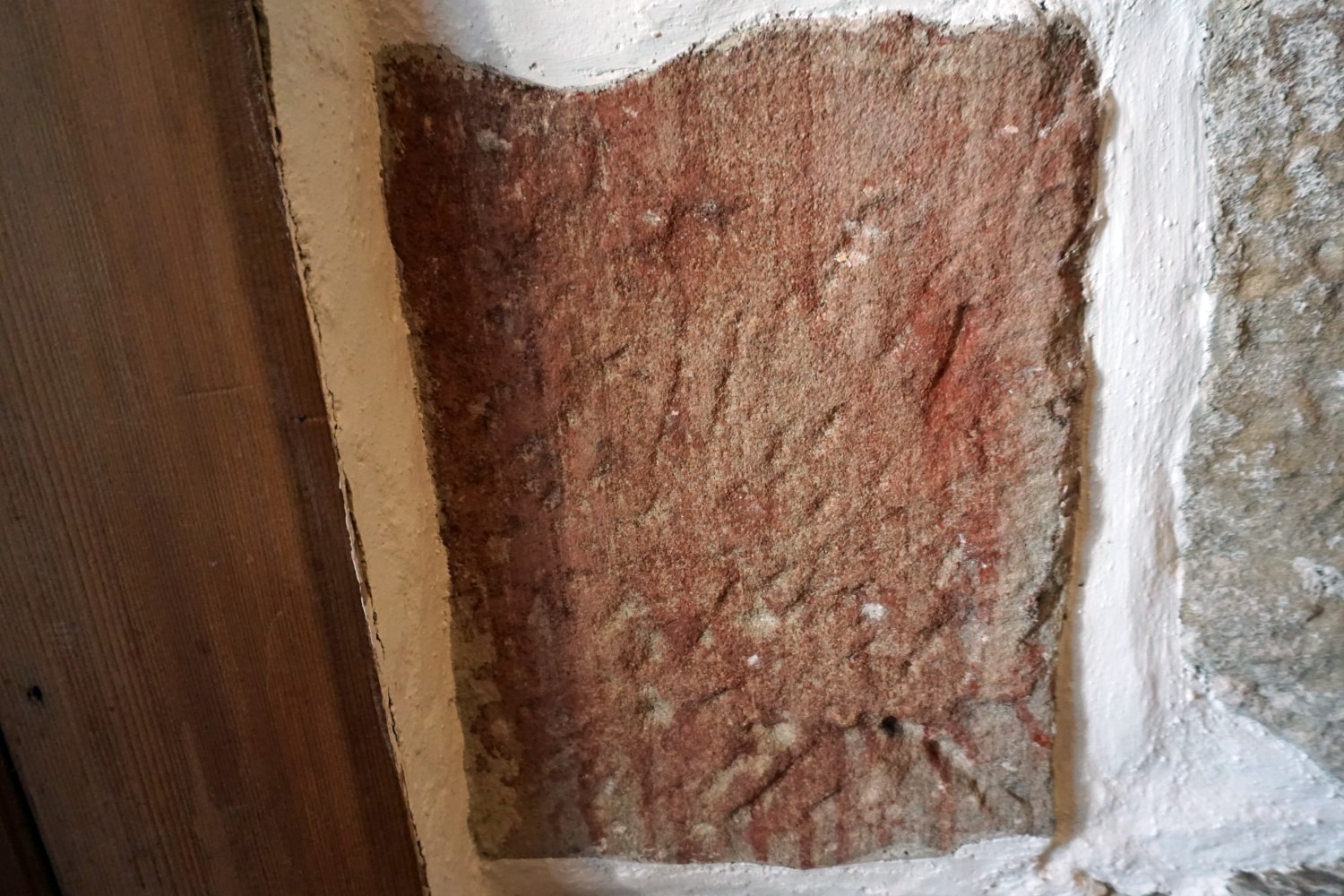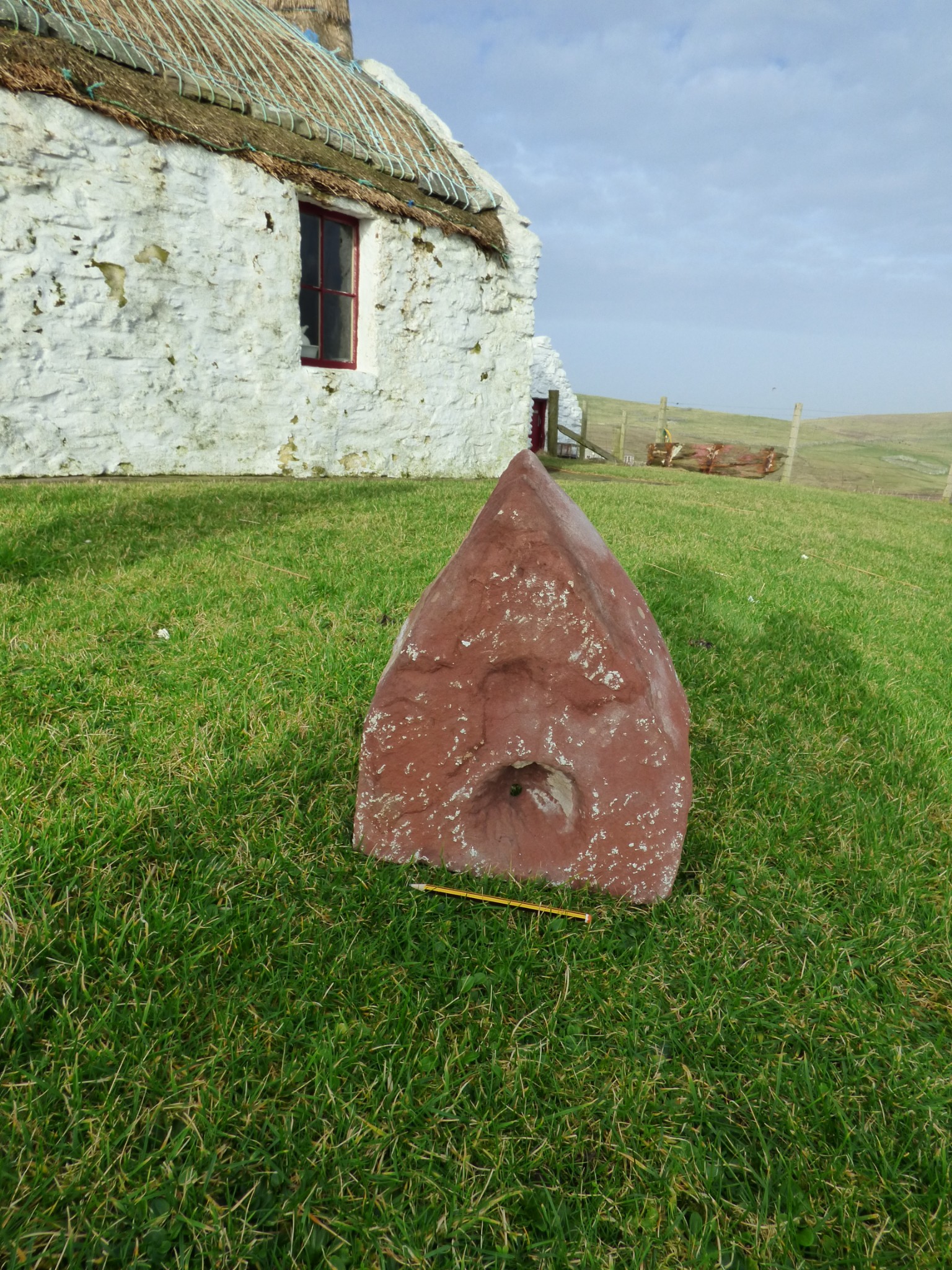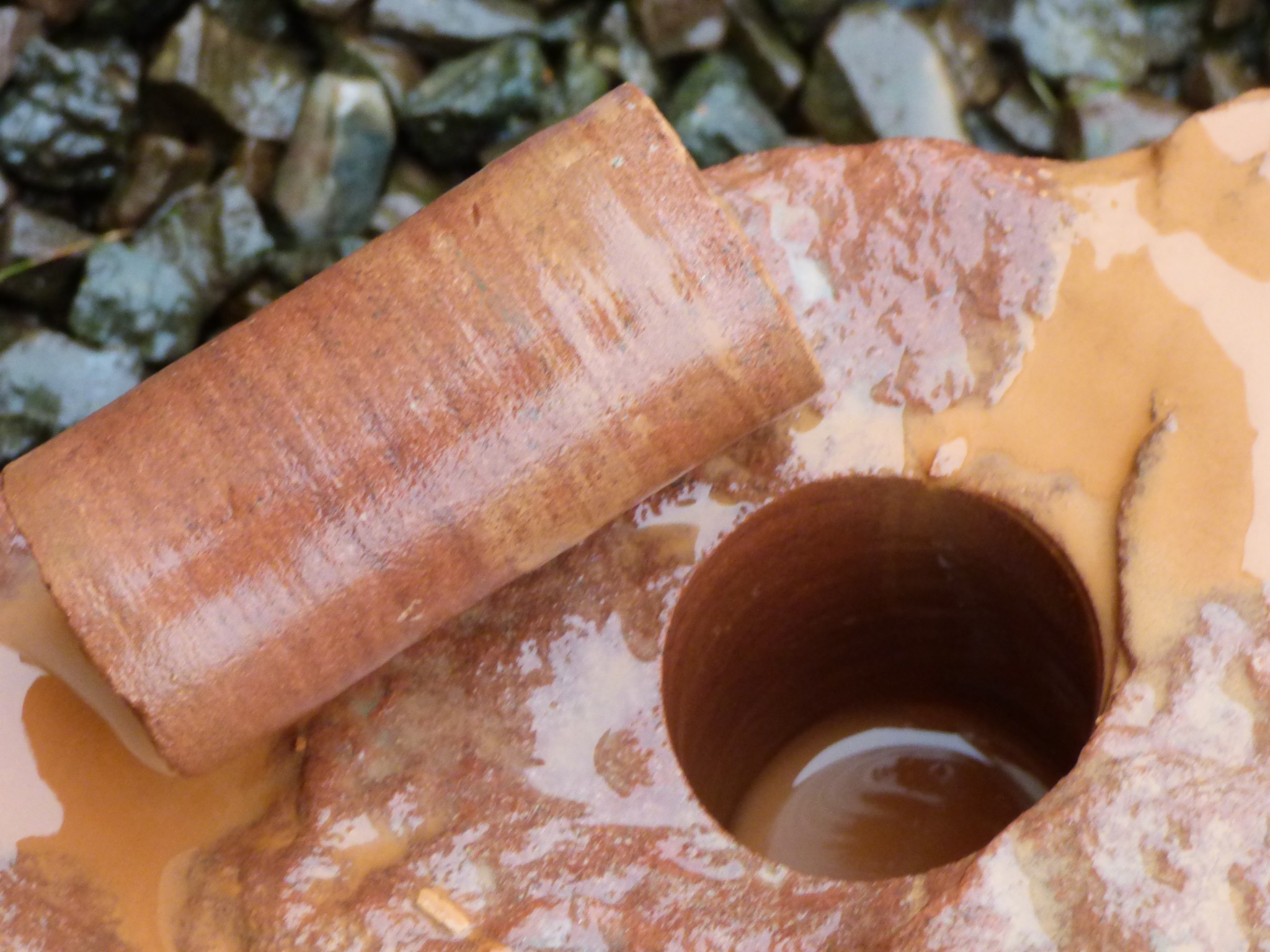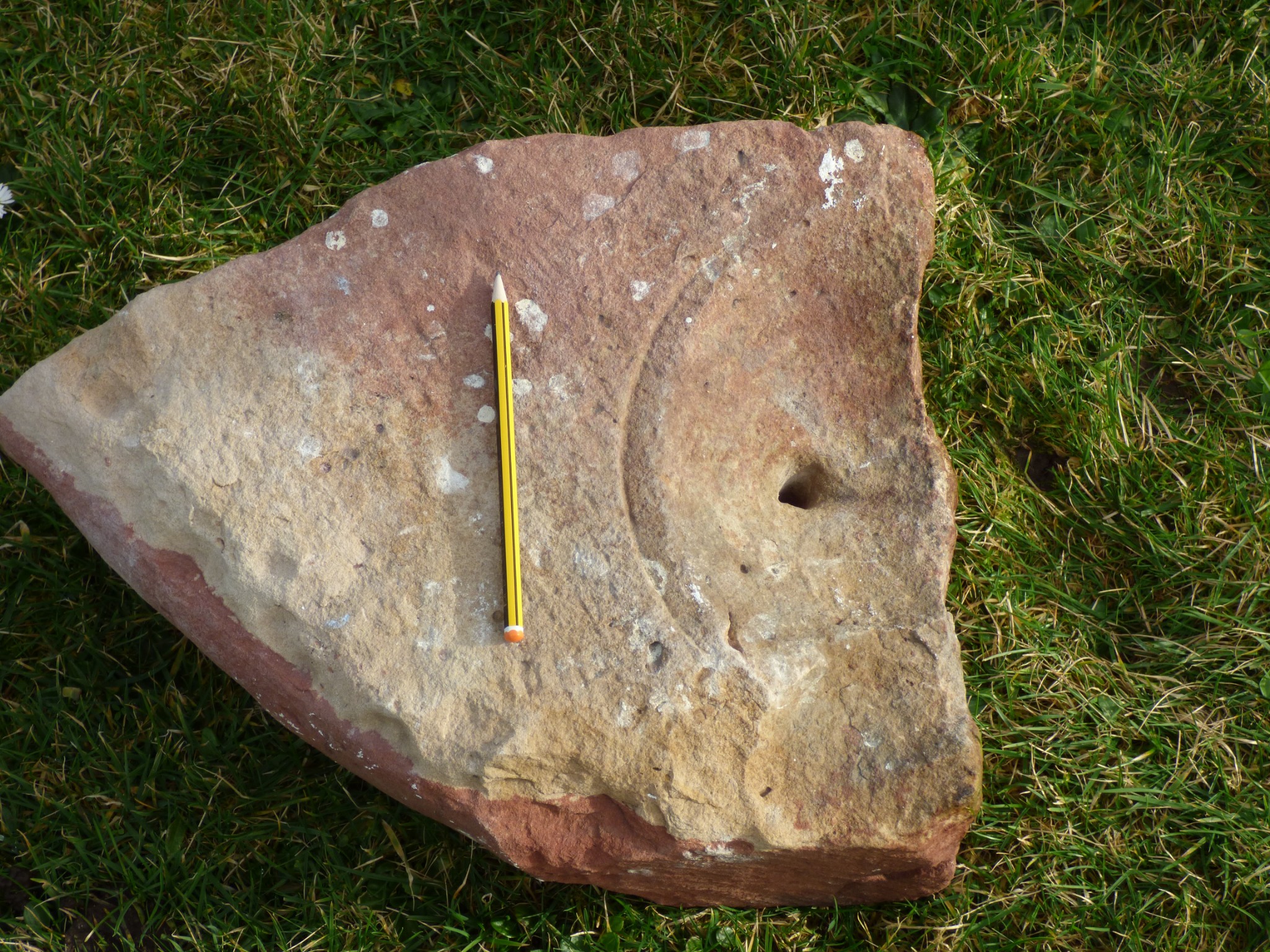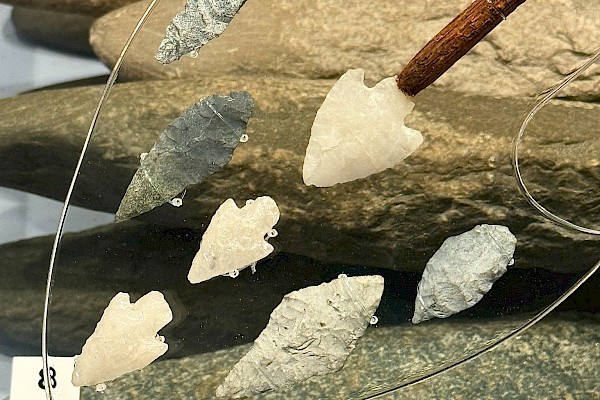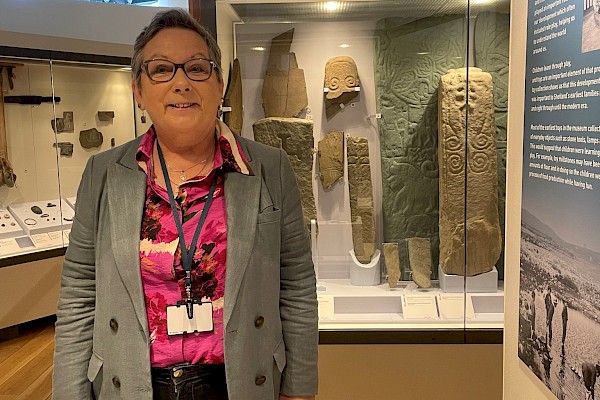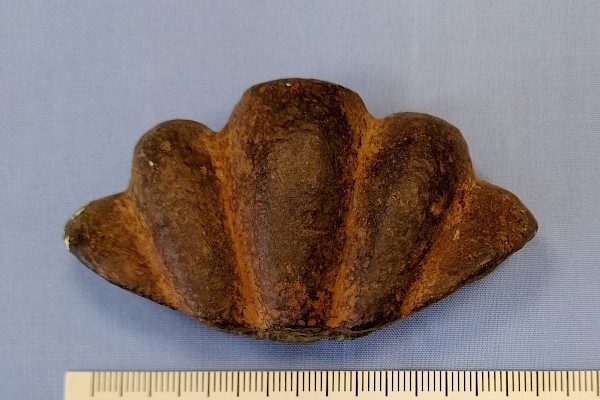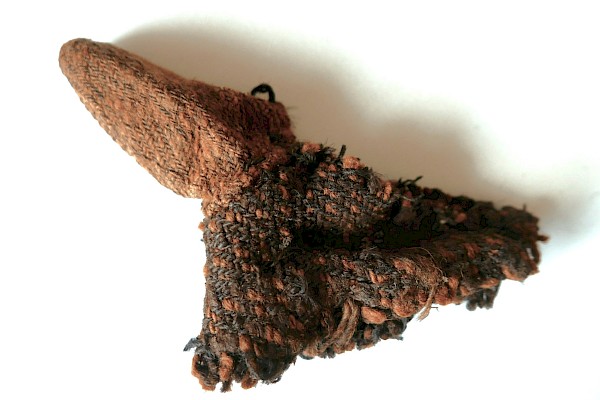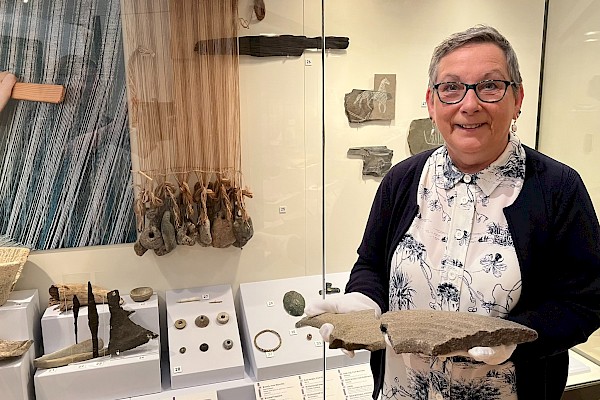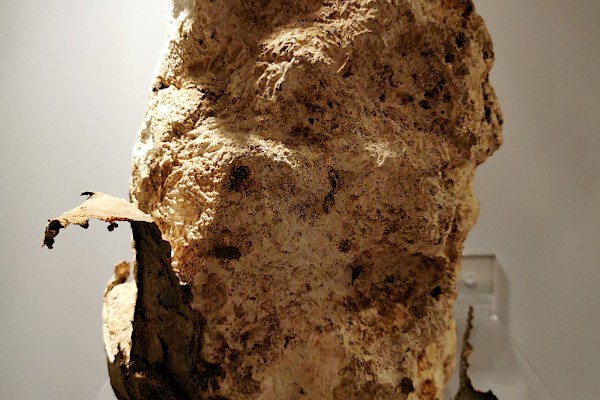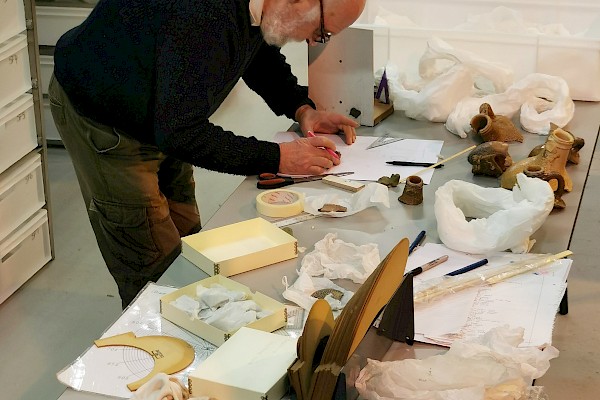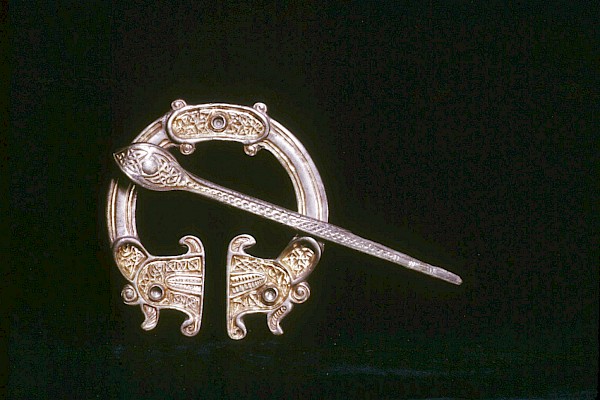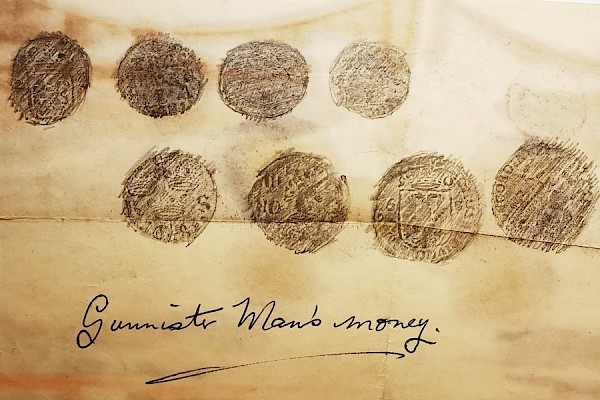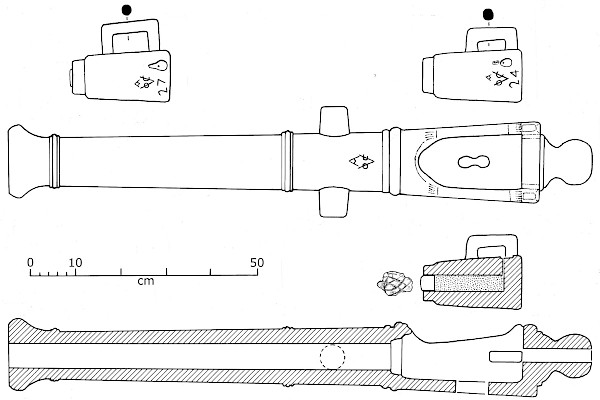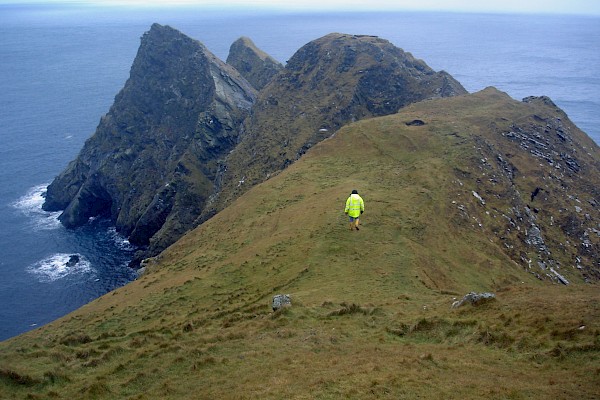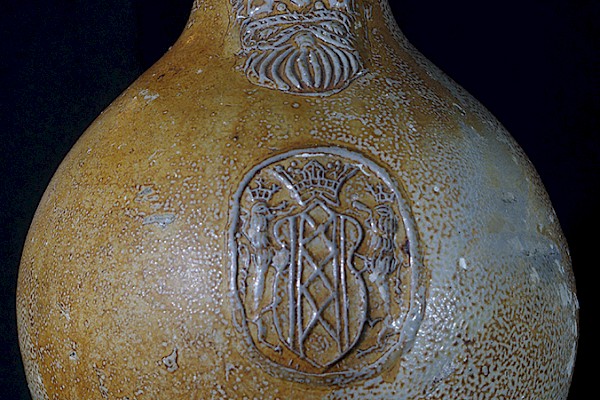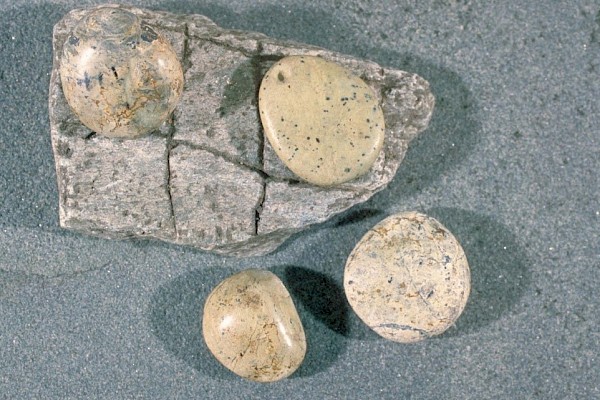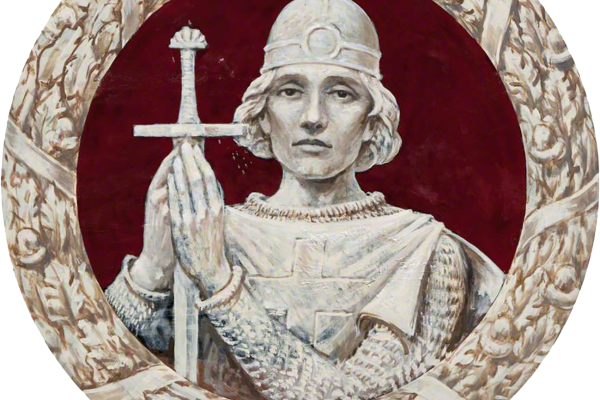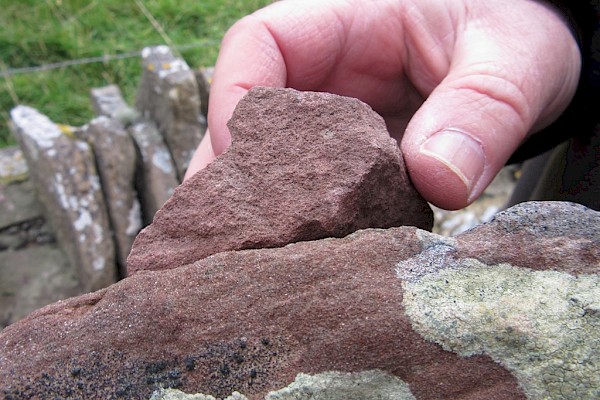Drum roll please...
The results are in! We are delighted (and very relieved) to have received our results from the British Geological Survey in Edinburgh and it is good news. The samples we sent for analysis, from our three kirks here in Shetland, are all from Orkney quarries – every one!
This is brilliant news as it adds weight to our theory that Earl Rognvald had these churches built or older kirks refurbished during the 12th century to further the cult of his uncle, Saint Magnus.
So, what do these results mean?
We now have the scientific proof that there was a link between both archipelagos around the same period that Kirkwall cathedral and the towered church in Egilsay was built. Further analysis by our geologist, Allen Fraser, suggest that the stones built into our churches could well be shaped by the same masons building the cathedral in Orkney, before being shipped to our shores.
Back in the early 1960s George Nelson had a sample of red sandstone rubble from the old St Magnus Kirk (Tingwall) sent off for analysis by Orkney geologist Edwin Kellock. These results were published in Nelson’s book, The Story of the Tingwall Kirk, and concluded that the most likely source of the sandstone was Orkney and was the same as St Magnus Cathedral building stone. Since then techniques for analysing rock samples have been much refined and improved. Not only did our samples from Tingwall confirm Edwin Kellock’s conclusion but proved to be an exact match with my samples from Head of Holland quarry, the source of St Magnus Cathedral’s red sandstone.
Another exciting element to our project is engaging with our local community. People have been getting in touch to report possible sightings of red sandstone in other church buildings and walls. This includes red sandstone blocks in the wall of a very old house in Hillswick, built near the shores of St Magnus Bay. Interestingly a block built into the wall of this croft house is a colour match for our Orkney red sandstone with its two visible dimensions of 20x20cm (these measurements are important so watch this space!). Next to it is part of a dressed and moulded block with a weathered (and previously plastered over) surface that may also be red Orkney Sandstone. This leads to more interesting puzzles and clues in a special place that is named after our Saint Magnie! We know from records there was a church in the vicinity of this house which has long been demolished. So, more detective work required now in the church records to see what we can find.
Even more excitement ensued when we were contacted by Burra History Group to say they had a ‘worked stone’ from the Kirk at Papil. And what a find! Expecting to see another block, we set off for Burra. To say I nearly fell of my perch is an understatement – here they had the piscina, most likely from the towered kirk, divinely carved from Orkney sandstone. Although broken in half it is a fantastic example of church furniture. This piscina or basin would have used to hold the holy water. The priest would have washed his hands and the sacred bowls used for communion and baptism. It was also necessary to dispose of the holy water into the basin when the sacrament were completed; ensuring the water ran back into the foundations of the church, to guarantee that it would not be taken away to be used in witchcraft!
